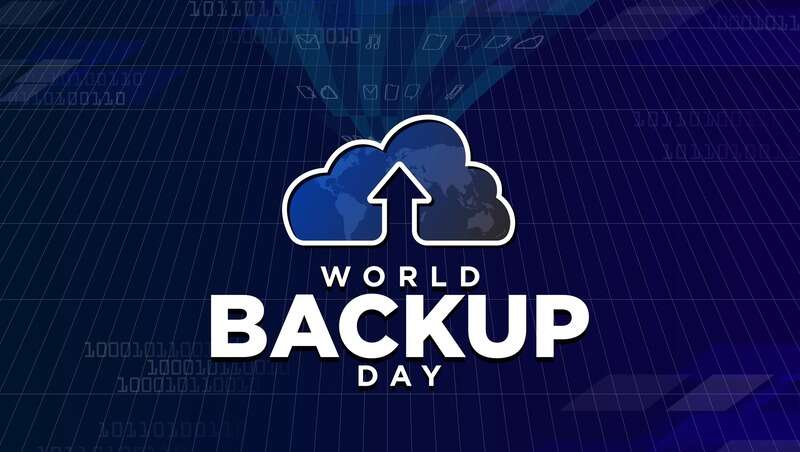
Leading tech companies all around the world are pointing the way toward improving security by implementing the basic tenet of World BackUp Day on March 31: back up your data to better protect against data loss and theft.
Celebrated every year on March 31, World BackUp Day aims to encourage people to secure their files through regular backups, improve their security per device and per solution, and prevent data loss.
Here’s some encouragement from tech security leaders to help with this year’s World BackUp Day.
“On World BackUp Day, we’re reminded that cybersecurity isn’t just about preventing attacks – it’s also about ensuring operational continuity after an incident,” said Jonathan Flynn, Senior Manager and Director of Engineering at Hitachi Vantara Federal.
“Robust data backup and recovery strategies are essential to resilience, enabling agencies to restore systems quickly and minimize disruption,” he continued. “Immutable snapshots, which create unchangeable, tamper-proof copies of data, have emerged as a key defense against ransomware and other cyber threats, allowing organizations to recover clean versions of their systems and maintain critical operations.”
“In today’s cyber battlefield, threats aren’t just evolving – they’re outpacing defenses,” said Gary Barlet, public sector chief technology officer at Illumio.
Ransomware, insider threats, and nation state actors are increasingly exploiting vulnerabilities, including weaknesses in backup systems,” he said. “While backups are a key part of cyber hygiene, agencies must view them as just one component of a holistic security strategy rather than a standalone solution. A true modern security approach to data protection means assuming every access attempt could be a breach, and every backup could be compromised.”
Flynn also pointed to a recent warning by the Cybersecurity and Infrastructure Security Agency about the Medusa ransomware and said that highlights the need for government agencies to implement comprehensive backup strategies.
“Regular testing of backup and recovery protocols – through real-world attack simulations and full-system restoration drills – ensures that agencies can respond swiftly and effectively when faced with a breach,” he said. “By integrating immutable snapshots and continuous testing into a broader cybersecurity framework, organizations can strengthen their resilience, safeguard critical operations, and maintain secure, uninterrupted service in an increasingly volatile threat landscape.”
And Barlet pointed to the importance of shifting from simply storing data to securing it at every stage.
“According to a recent Ponemon study, 48 percent of respondents reported that their organizations avoided paying a ransom during a ransomware attack due to having an effective backup strategy in place,” he said.
“However, while backups are essential, agencies and organizations must take additional steps to ensure data resilience – making backups immutable to prevent tampering, enforcing least-privilege access to control restoration, and continuously validating recovery processes,” Barlet said. “Equally important is the need to contain breaches when they occur, maintain operational efficiency during an attack, and implement strategies that reduce recovery costs in the long run.”
“In today’s landscape, data resilience isn’t just an IT priority – it’s a national security imperative,” he said. “The question isn’t whether a cyberattack will strike, but whether you can trust your systems to bring you back online instantly and securely. By adopting a comprehensive approach to data protection, such as Zero Trust, agencies can strengthen resilience and safeguard their mission.”
